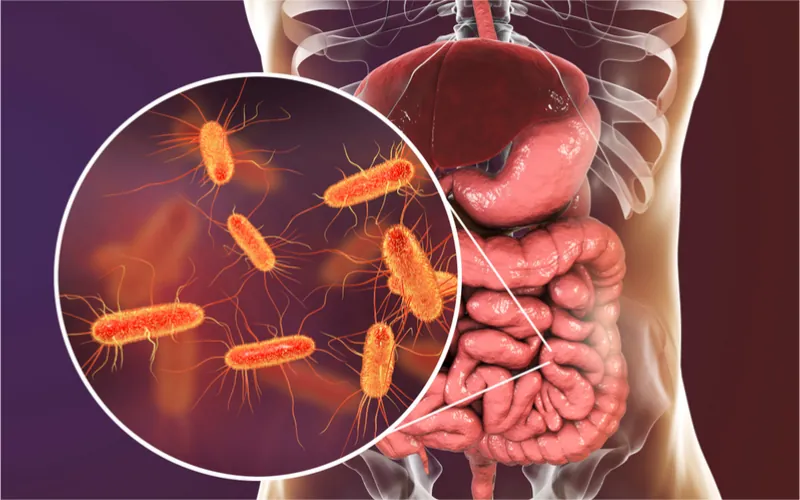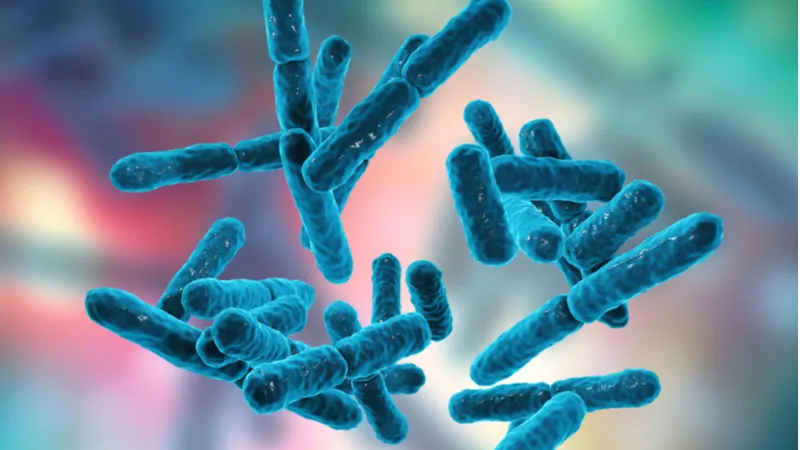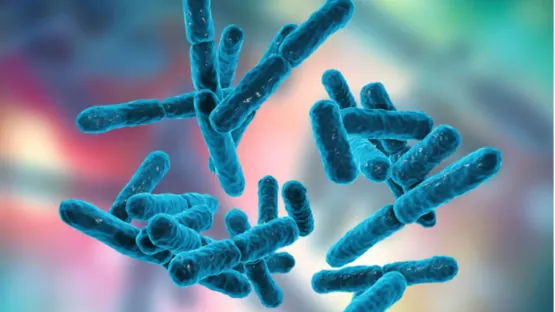A new publication in Nature Aging has investigated the role of the gut bacteria Bifidobacterium adolescentis in aging and longevity.

Read More
The aging gut microbiome
The gut microbiome, previously thought to be relatively inconsequential, seems to play a greater role in our physiology with each published study. Recent work has shown that fecal transplantation can extend lifespan and healthspan in an accelerated-aging mouse model [1]. Some studies have been done to investigate which microbiome components and mechanisms are involved in aging, but what might be behind this therapeutic benefit is still unknown [2].
Scientists at Zhejiang University have recently published the results of their work, looking at humans, mice, flies, and worms to answer this important question [3].
B. adolescentis decreases with age in humans
The researchers probed fecal samples of 166 young, middle-aged, and old participants. Microbiome diversity decreased with age, consistent with previous research. Several candidate bacteria changed significantly with age, including Ruminococcaceae, Faecalibacterium prausnitzi, and Eubacterium ractale.
However, B. adolescentis was the most prominently different between younger and older individuals, showing a marked reduction with age. This result was confirmed both using qPCR and by analyzing the GMrepo sequencing database.
Supplementation with B. adolescentis improves the health of mice, flies, and worms
When supplemented with B. adolescentis, two different strains of Drosophila melanogaster (fruit fly) showed increases in healthspan at day 30, as measured by climbing and creep tests. These flies also had their lifespan increased by approximately 20%.
In Caenorhabditis elegans (roundworm), B. adolescentis improved their locomotion, heat stress resistance, intestinal lipofuscin, and lifespan.
The researchers also tested the effects of B. adolescentis supplementation using Terc-/- mice. This mouse model lacks the telomere-extending enzyme telomerase and exhibits accelerated aging after several breeding generations. When supplemented with B. adolescentis for five months, these mice had a significantly improved frailty index and bone density. Neuron quantity and morphology in the hippocampus also improved in these mice. The authors conclude that B. adolescentis may be beneficial to treat osteoporosis and neurodegeneration, although changes in lifespan were not investigated.
Catalase may be involved in the beneficial effects of B. adolescentis
Expression of the genes sod-3 and ctl-2 were significantly higher in flies and worms supplemented with B. adolescentis. When worms had these genes genetically modified, B. adolescentis supplementation still increased lifespan in the sod-3 mutants, but not the ctl-2 mutants, suggesting that it may be involved in these benefits.
This gene is conserved in mice and humans and encodes the enzyme catalase (CAT). Catalase enzyme activity was decreased in Terc-/- mice relative to wild-type controls, but increased in B. adolescentis-treated Terc-/- mice. Protein expression of CAT was also prominently increased in muscle and brain tissue.
As CAT is an important reactive oxygen species (ROS) scavenger, the researchers also conducted a metabolomics analysis of mouse feces. Various ROS producers were decreased, and antioxidants were increased, in B. adolescentis-treated Terc-/- mice.
In cell culture of mouse embryonic fibroblasts, the researchers induced cellular senescence by both replication and doxorubicin treatment. Supplementation with B. adolescentis increased CAT mRNA expression, increased CAT protein expression, and reduced senescence-associated ß-galactosidase staining in both experiments.
To identify candidate bacteria associated with aging, we performed fecal microbiota sequencing in young, middle-aged and older adults, and found lower Bifidobacterium adolescentis abundance in older individuals aged =60?years. Dietary supplementation of B. adolescentis improved osteoporosis and neurodegeneration in a mouse model of premature aging (Terc-/-) and increased healthspan and lifespan in Drosophila melanogaster and Caenorhabditis elegans. B. adolescentis supplementation increased the activity of the catalase (CAT) enzyme in skeletal muscle and brain tissue from Terc-/- mice, and suppressed cellular senescence in mouse embryonic fibroblasts. Transgenic deletion of catalase (ctl-2) in C. elegans abolished the effects of B. adolescentis on the lifespan and healthspan. B. adolescentis feeding also led to changes in oxidative stress-associated metabolites in Terc-/- mouse feces. These results suggest a role for B. adolescentis in improving the healthspan and lifespan through the regulation of CAT activity and host metabolism.
Conclusion
Microbiome-based approaches have shown considerable promise in a large number of studies, improving the immune system, reducing inflammation and ROS, and playing a key role in the body’s metabolism. As always, it’s important to remember that research frequently shows benefits in worms, flies, and mice without translating to humans. Nonetheless, these results are very encouraging for microbiome-based longevity interventions.
Within the microbiome, this study suggests that B. adolescentis is a promising target. However, increasing microbiome diversity in general has been repeatedly shown to provide benefits in a wide range of preclinical models. This study did not include a positive control such as a fecal transplant procedure or another candidate bacteria species, making it difficult to make any definitive conclusions about B. adolescentis relative to other microbiome-based interventions.
Literature
[1] Barcena, C. et al. Healthspan and lifespan extension by fecal microbiota transplantation into progeroid mice. Nat Med (2019). https://doi.org/10.1038/s41591-019-0504-5
[2] Biagi, E. et al. Through ageing, and beyond: gut microbiota and inflammatory status in seniors and centenarians. PLoS One (2010). https://doi.org/10.1371/journal.pone.0010667
[3] Chen, S. et al. Bifidobacterium adolescentis regulates catalase activity and host metabolism and improves healthspan and lifespan in multiple species. Nature Aging (2021). https://doi.org/10.1038/s43587-021-00129-0




